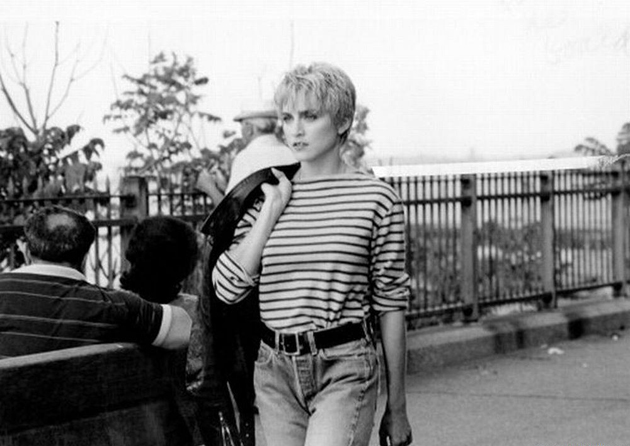For the best throw-on-and-go piece in your wardrobe, summer dresses are the ultimate must-have. Whether you are in the city or at the beach, the summer dress will always keep you feeling comfortable and looking great.
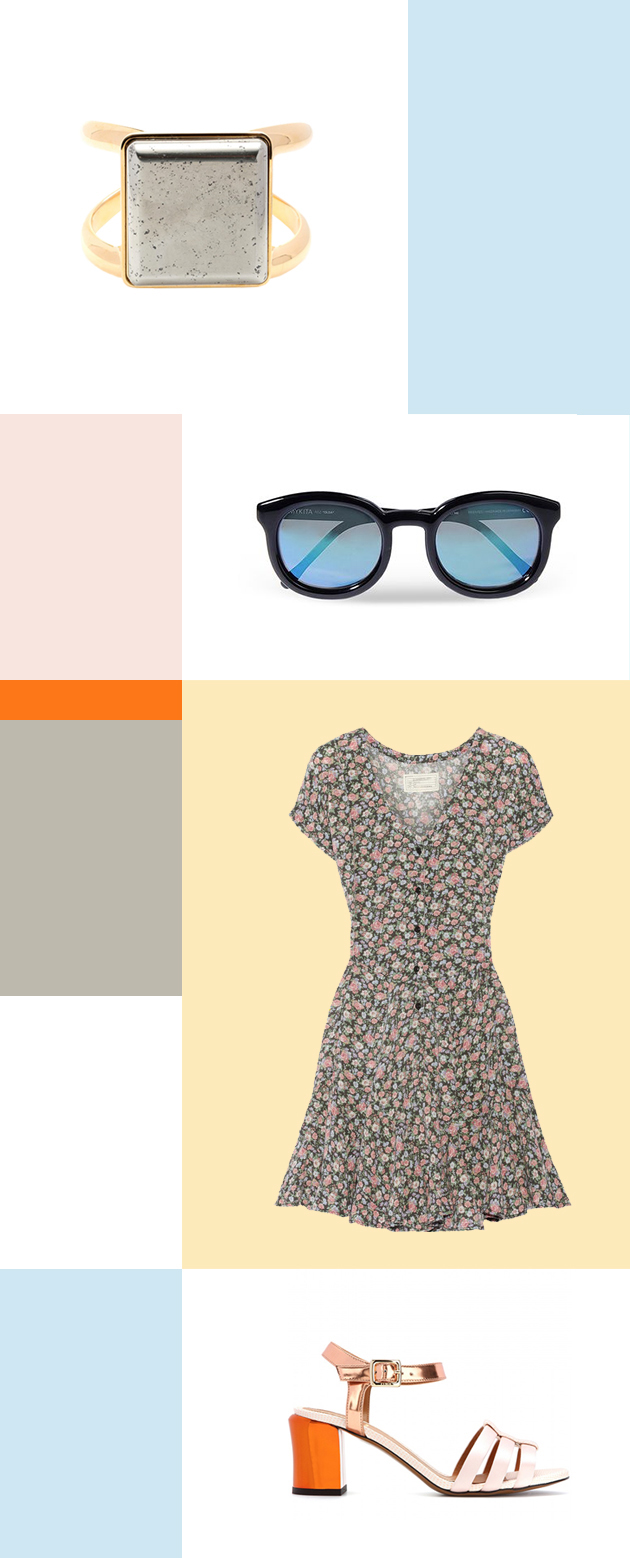
Styling by Vanessa Cocchiaro
For the best throw-on-and-go piece in your wardrobe, summer dresses are the ultimate must-have. Whether you are in the city or at the beach, the summer dress will always keep you feeling comfortable and looking great.

Styling by Vanessa Cocchiaro
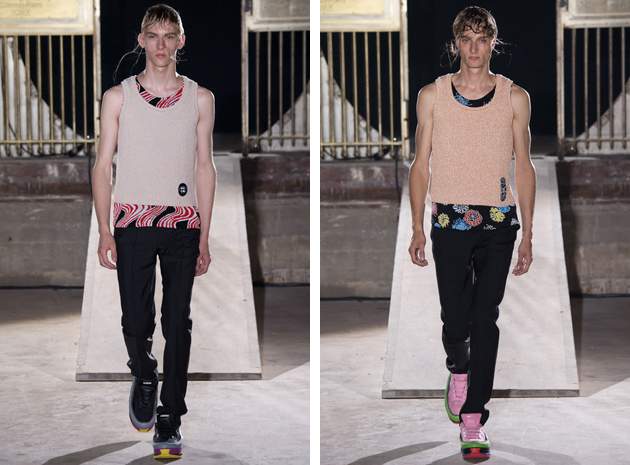
The overtly romantic French capital was the last stop on our Men Fashion Week road trip. The oldest and possibly most established venue, Paris has shown a new, easier, vibe this year, without losing its authentic signature – a dashingly charming attitude.
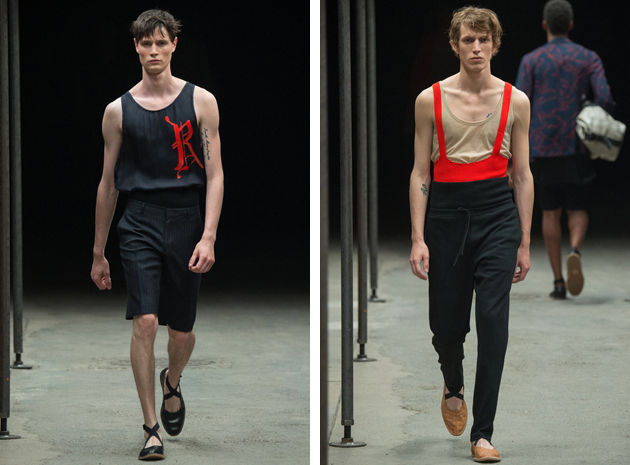
The first sign of change could be seen at Raf Simons’ show, where men in cotton tanks – layered one on top of another – walked the brainy designer’s catwalk. There was no space for sporty, basket-alike sleeveless shirts. Instead, it was all about quality craftsmanship and impeccable garments, usually left for posh female clothing, matched with futuristic shoes and well tailored pants.
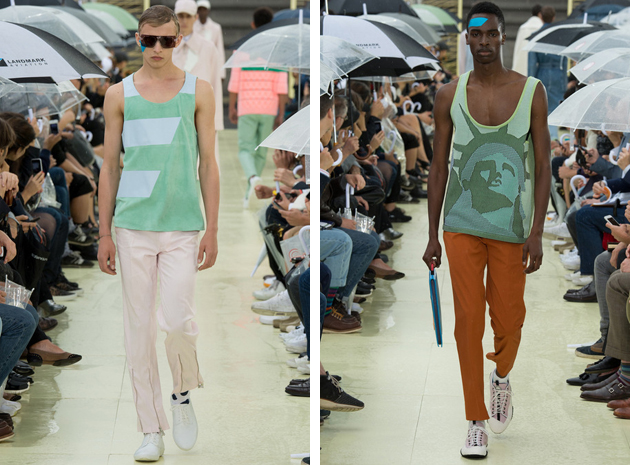
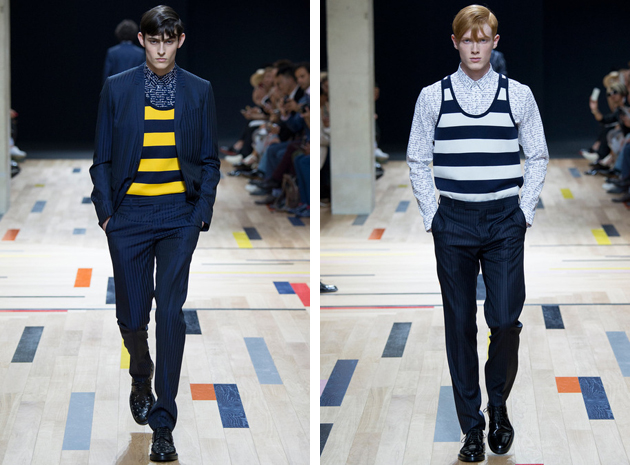
Dries Van Noten used a totally different approach, applying it to the same type of gaments. The Belgian designer took inspiration from elegant dancers and developed a collection full of feminine elements – together with tanks, a notable piece were the ballerina-shaped shoes. Kenzo, on the other hand, featured a series of pastel tones and maxi polka dots that gave the idea of an American tourist lost on the streets of Europe. But, in the end, the most unexpected runway was Dior Homme, with striped tanks styled on top of classic shirts rather than worn under elegant jackets, for a classy yet edgy feel.
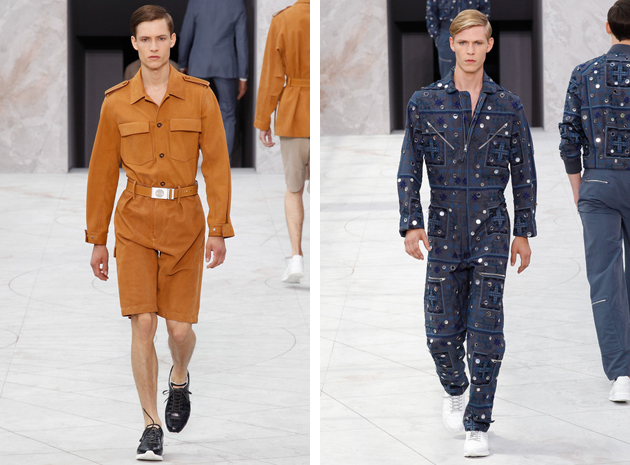
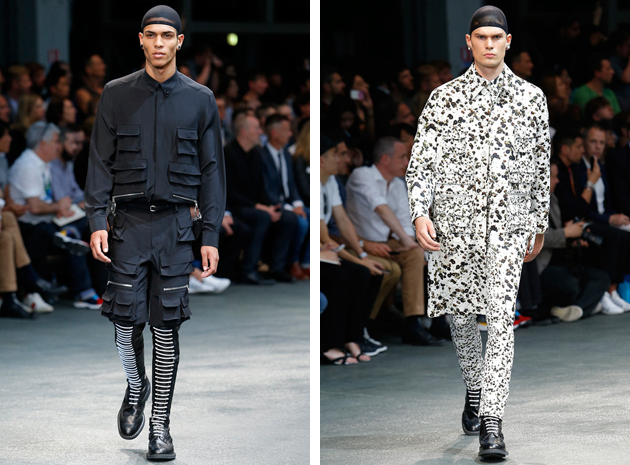
On the other hand, air force and military world won the attention of many fashion designers, forming a second relevant trend. From Louis Vuitton’s man, a hybrid between Sixties-style bourgeoisie – with his turtlenecks and trench coats – and a daredevil aviator – with his decorated jumpsuits and typically rough belts – to Comme des Garçons, where Rei Kawakubo exploited military jackets and typical uniforms and subverted them to speak about peace. And last but not least, Givenchy fashion show sparked from that influence, too, with Riccardo Tisci going along his well established path, revisiting bomber jackets and utility pockets in line with army apparel codes.
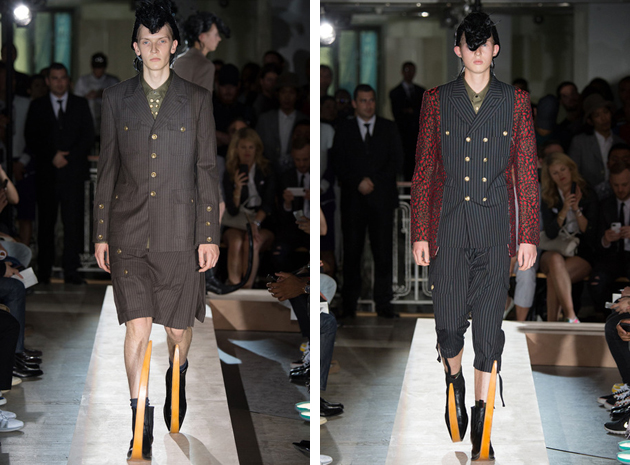
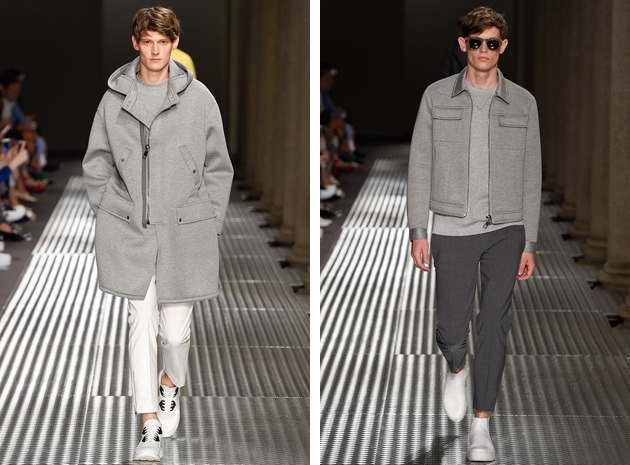
If London is considered the rich soil of fashion originality, Milan is surely the one of tradition and craftsmanship. For the next Spring-Summer 2015 season, the breeze seems to bring a more relaxed and comfy approach, not excluding elegance, although giving it a brand new and extremely contemporary twist. Two trends we saw on the catwalks seem to particularly meaningful: technical detailing – often combined with contrasting preppy looks – and monochromatic suits.
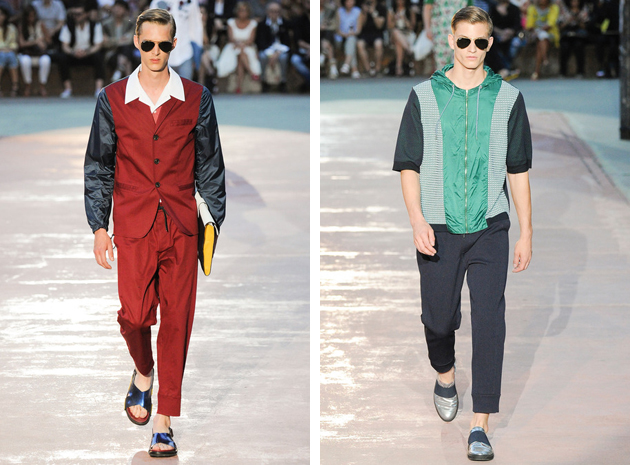
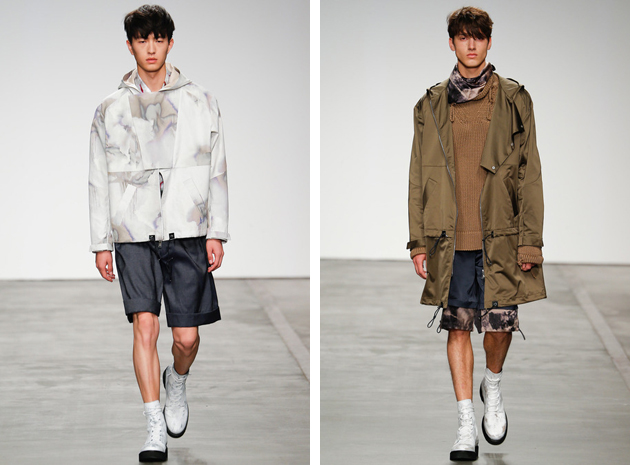
Let’s start from the first trend. The adjective “technical” in fashion usually refers to a certain kind of garment – even the most traditional one – made precious and unique by adding sporty details in very technical fabrics. One of the best examples of this trend is Neil Barrett. Clean and pure silhouettes, restricted color palette and digital prints, distinguish themselves thanks to modern materials used on Seventies-style shapes: like the slim jackets or even the elastic bands on sartorial pants. Antonio Marras followed a similar path when he decided to focus on Gigi Riva – an Italian 60s football player – and presented a burgundy tuxedo with waterproof sleeves or simple shirts embellished by hoods. No less technical were the choices of Ports 1961 and Iceberg, where the first played with the contrast between bourgeois looks and flashy clothing, while the second did the opposite.
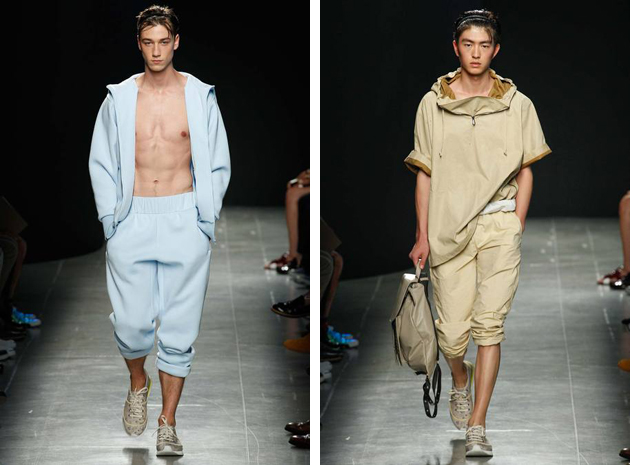
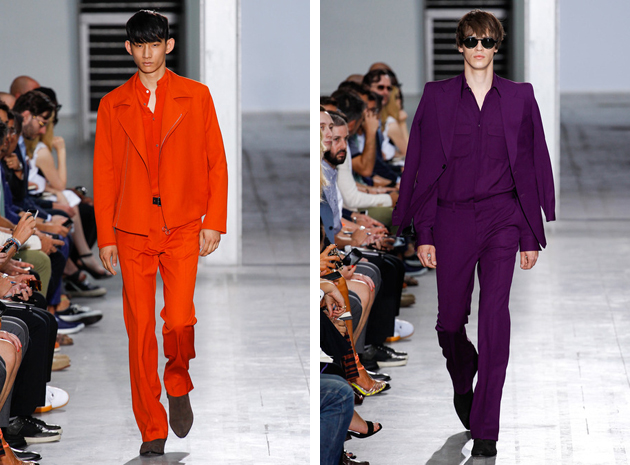
We already told you about monochromatic looks. This trend is slightly different, since it does not involve womenswear. From Costume National, where Ennio Capasa took inspiration from legendary rock stars and developed a very Seventies oriented collection characterized by vitaminic shades – the total purple look was a step forward –, to Bottega Veneta, probably the most casual collection of the season, where plenty of male models strode down the catwalk wearing ton sur ton looks. Many brands with completely different philosophies, aesthetic appeal or even generational references – like Versace and Andrea Pompilio – were seen embracing the same choices. It kind of makes you wonder, doesn’t it?
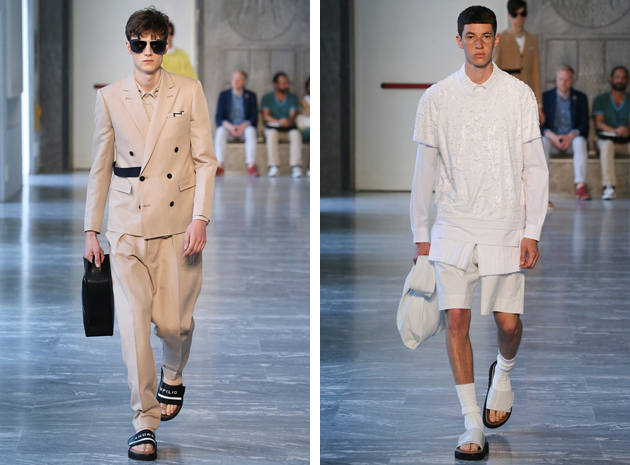
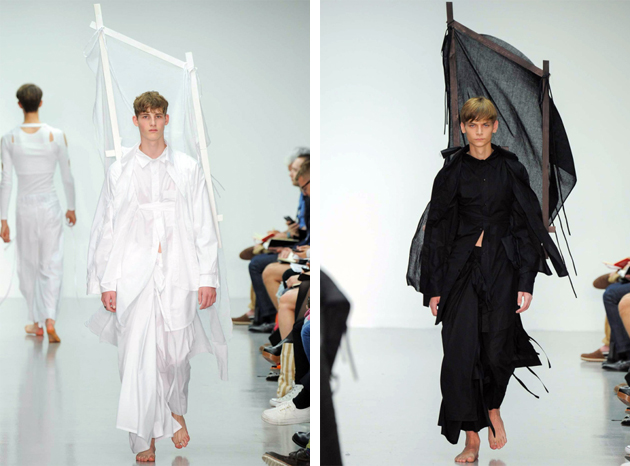
Craig Green’s latest collection for SS15 managed to move most of the fashionable crowd with a silent message of beauty: soft colors and yards of fabric, the ease of several of the runway looks was only partly contrasted with giant wooden sculptures on the back. The London native, who studied for a BA and MA in Fashion at Central Saint Martins, stood out with his own particular aesthetics. Nevertheless, this is not the first time that Green’s name comes up among fashion crowds. After graduating, Green won the L’oreal Professional Creative Award, which allowed him to launch his own line, characterized by research for innovation and risk. His first collection was presented during Men’s fashion week for autumn/winter of 2013 as part of Topman and Fashion East’s MAN initiative at London Collections.
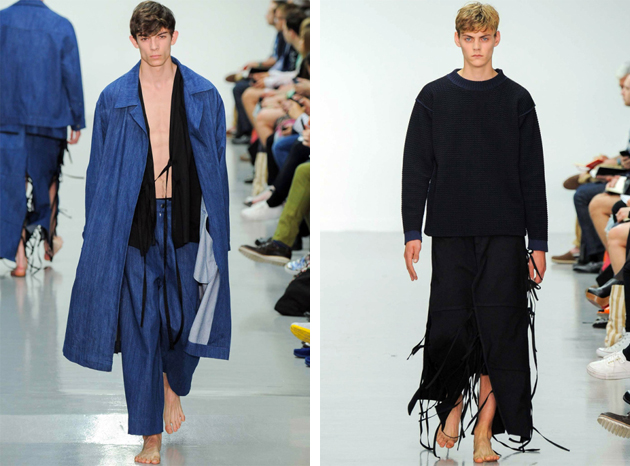
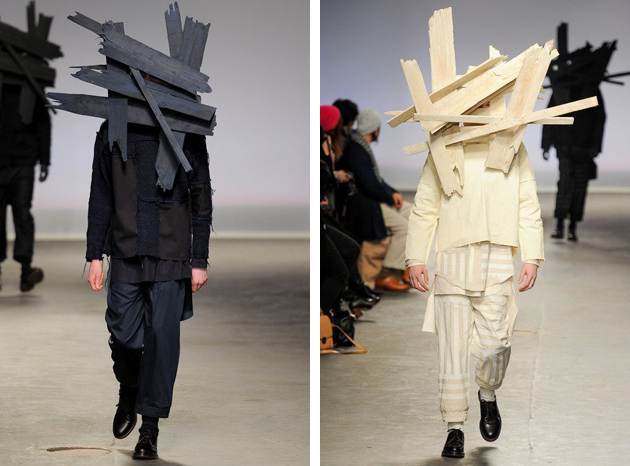
His designs featured carved masks and shirts with glossy waxed cotton in combination with easy shapes highlighted by adornments, turning the clothes into metaphoric objects and taking them beyond the stage of wearability. For his first few collections, Green played around with the notion of shadows and reflections which resulted in contrasting materials of the same color palette, experimenting at the same time with combinations of light and dark tones. These experiments created an in-between feeling for his designs making them harder to figure out and therefore keeping designs interesting. Even though every collection pushes further the notions of wearability and design, the results nevertheless appear serene and nothing is ever forced. Even though giant wooden sculptures and exploding prints – as seen at Green’s SS14 collection – might seem forced it is always done with a transcending ease.
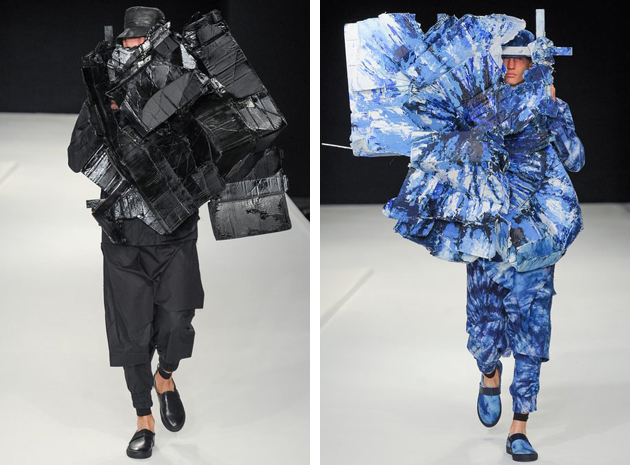
When viewing Green’s collections, Japanese fashion references are particularly clear, both when it comes to shape – seeing implicit salutes to the samurai and traditional robes – but also for an aesthetic reminiscing of Rei Kawakubo and Yohji Yamamoto. However it is always done with a Victor & Rolf flair, making it a true Craig Green original.
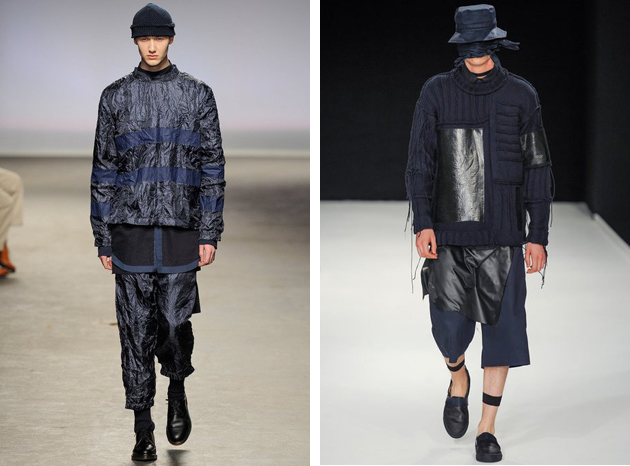
Craig Green’s work can be viewed as a juxtaposition of workwear and conceptual art, mimicking a quest for exploration – of cultures of East and West, of fabric and prints and of the fine line between fashion and art – resulting in delicate yin yang balance, that gives Craig Green’s designs a bold emotional state.
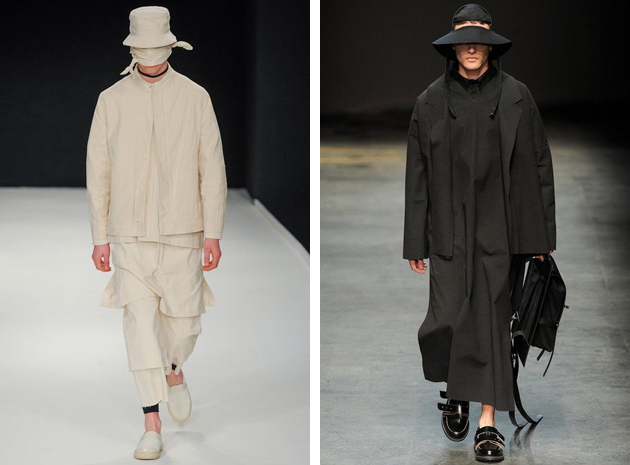
As men’s fashion week is well on its way choosing the right accessories is not always an easy task. Here are some of our suggestions for a classic man.

Styling by Vanessa Cocchiaro
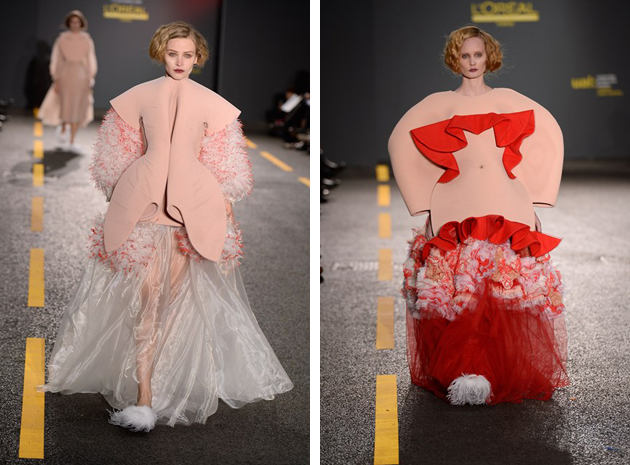
As every year, this is the time for graduation shows. All over the globe, fashion schools unveil their practice to put on stage the results of a year of research, experimentations and hard work. Two of the most celebrated schools, the Royal College of Art and the Central Saint Martins, catalysed the attention of the fashion world, presenting their graduates: 40 for the BA course at CSM and 30 for the MA course at RCA.
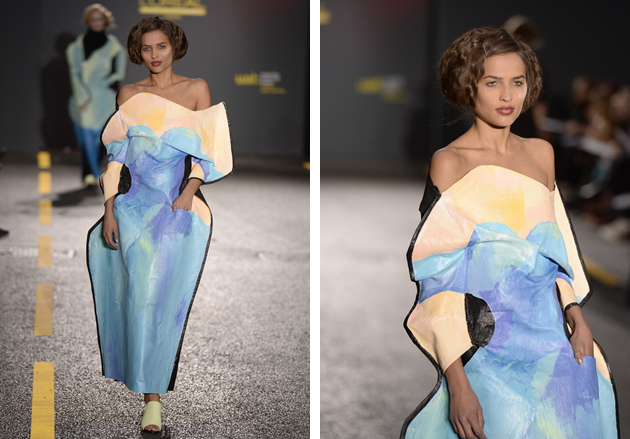
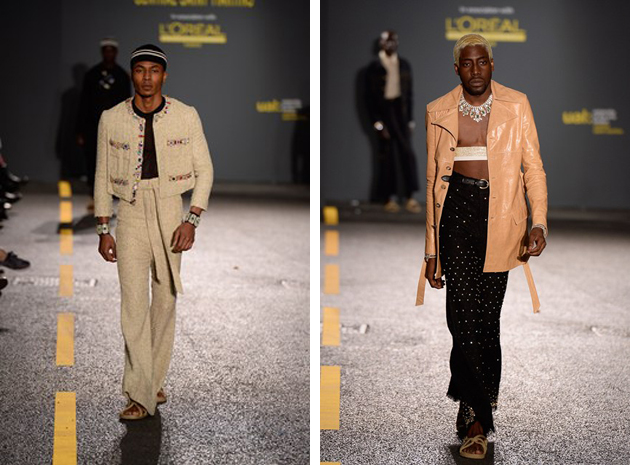
Central Saint Martins’ collections are varied in colours, techniques and shapes; nothing seems left unsaid, and all the collections, while different from one another, share the same loudness. All the messages the students wanted to send are communicated in a clear way and are well unfolded in the sequence of eight outfits. Boldness and clarity might be the criteria used to name Gracie Wales-Bonner winner of the L’Oréal Professionel Talent Award. Her collection, almost an archive of iconic pieces of a classy woman’s wardrobe, was shown worn by brawny black men, all styled with big jewels and headgears. The sharp contrast between dress and wearer wants to put the attention on various themes, such as identity, gender and appearance, and underline the possible discrepancies between the surface and inner feelings. Another collection with a strong communicative power was that of Fiona O’Neill. She based her work on distortion: uncomfortable dresses, hand painted to recreate the image of the body itself, blurring the boundaries between body and dress. Technical and elasticated fabrics are teamed with canvas-like materials, modifying the posture and restricting the movements.
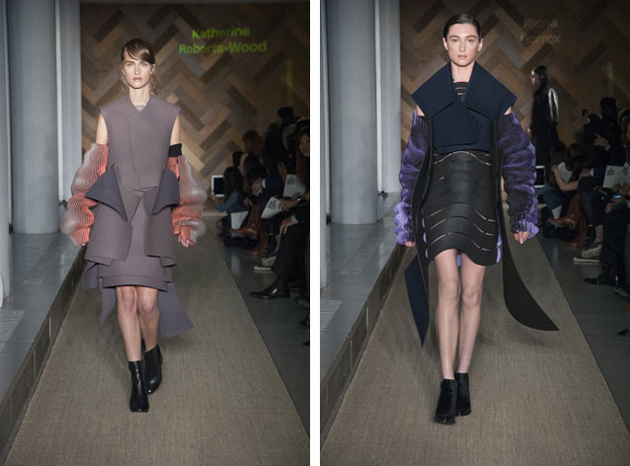
As for the RCA, even though the level of techniques shown by all the graduates was high, menswear collections distinguished themselves visually for their play with dimension and scale. Oversized jackets, plain or with flashy applications, and even full-length furs blossoming with flowers and butterflies: this is what we got from Johanne Dindler’s collection, which played with the ideas of shamelessness and audacity, denying the usual delicacy of some elements in juxtaposition with clashing materials and volumes. In womenswear, discretion was surely introduced as a wholly feminine value: Katherine Roberts-Wood based her collection on the slight contrast between the elegance of colours and fabrics and the three-dimensional embroidery falling from the shoulders and amassing near the hemlines.
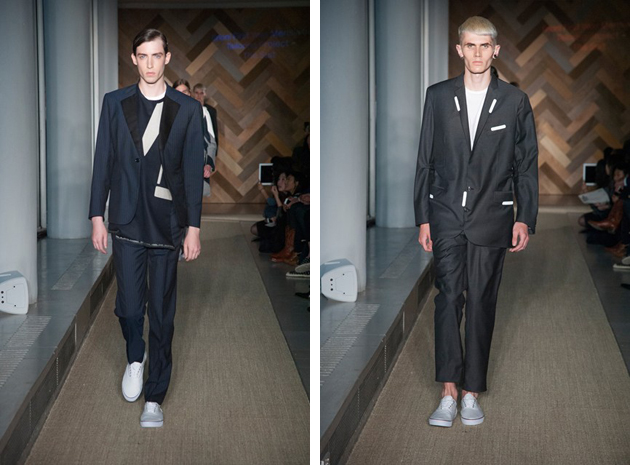
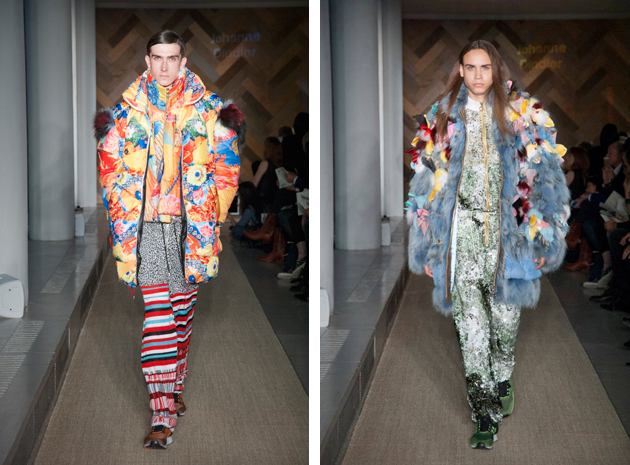
Looking at both fashion shows, we can surely pinpoint the main trend behind design practice taught in English schools: the freedom of creativity, disciplined only by the need of having something to say.
Marta Franceschini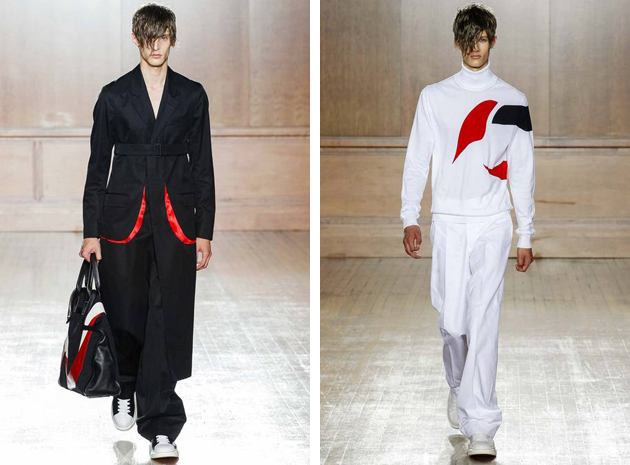
The most varied of major international fashion weeks, London Collections: Men is a very creative market where you can really breathe fashion innovation and extravaganza. In London, typical tailoring suits come together with yeti fur and feminine details, in a unique and totally British way. During the last three days of shows, we saw several micro trends, but the ones that caught our eye the most were basically two: kimono shape and digital colorful inserts.
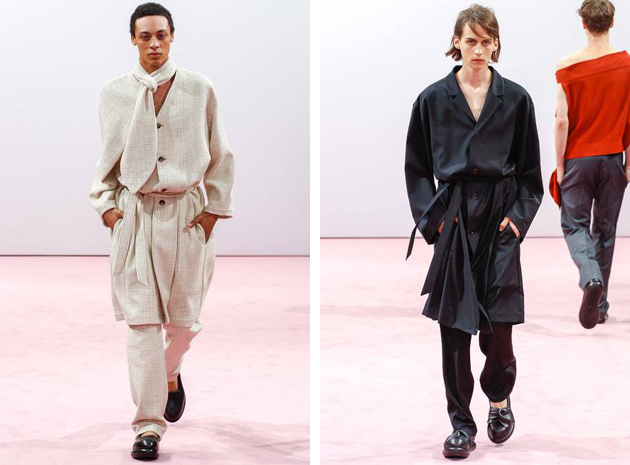
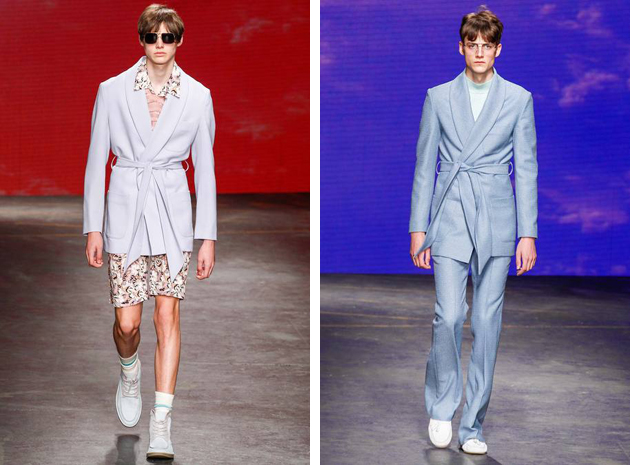
The kimono shape appeared on many runways: Topman Design went for a Seventies flower power mood and surprised with pastel coloured bathrobes worn as cardigans. King of the third sex, J.W. Anderson, played a little bit with the waistline too, by giving an unexpected twist to very simple bottomed tunics. Finally, we cannot but mention Astrid Andersen’s sportive-aggressive approach, presented through a series of martial-arts inspired looks, with a mix of black and vivid warm colours.
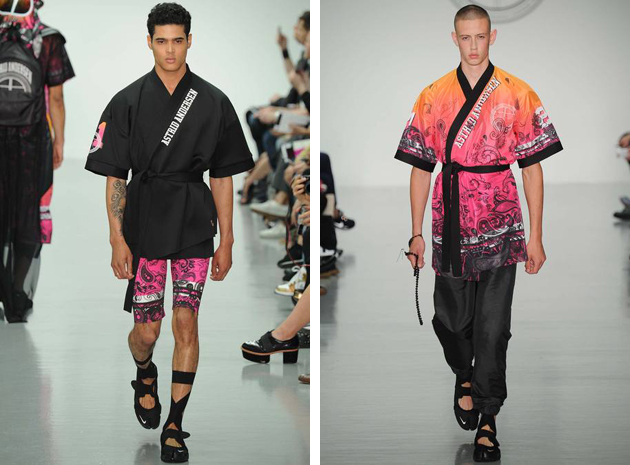
Alexander McQueen SS 2015 runway showcased an attempt to recreate a sort of a higher midriff, with Sara Burton declaring a willingness to break up with the brand’s history and past collections. Her newly proposed path introduced spots of vivid colors in contrast with black and white, recalling a traditional Kabuki mask. A richer colorway and a more digital approach was spotted at Christopher Kane, where a classic black sweater was turned contemporary by adding bright tones in geometric shapes.
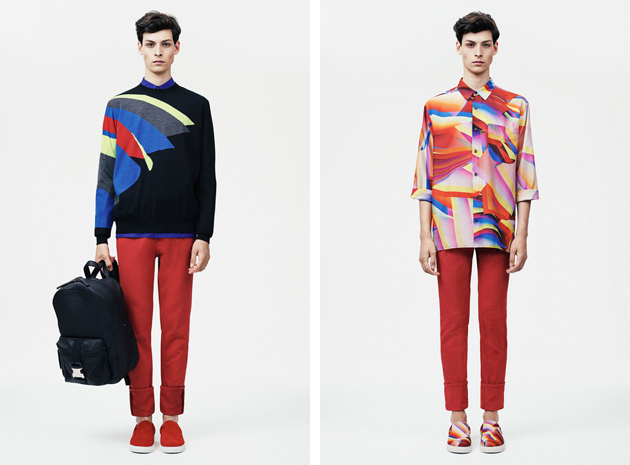
Opening Ceremony, on the other hand, went for softer and bigger shapes and a richer colour palette. Paired with psychedelic prints, Opening Ceremony’s vision underlined an innovative way to see men and their wardrobe. All in all, this season’s runways gave digital coloring a foothold in the field, becoming, together with a soft and refined silhouette, a true season staple.
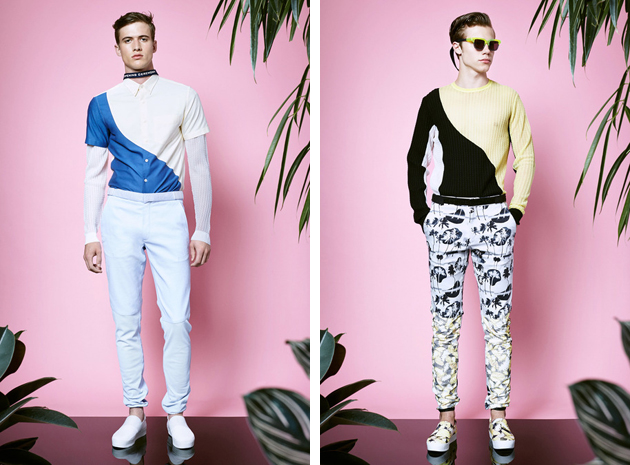
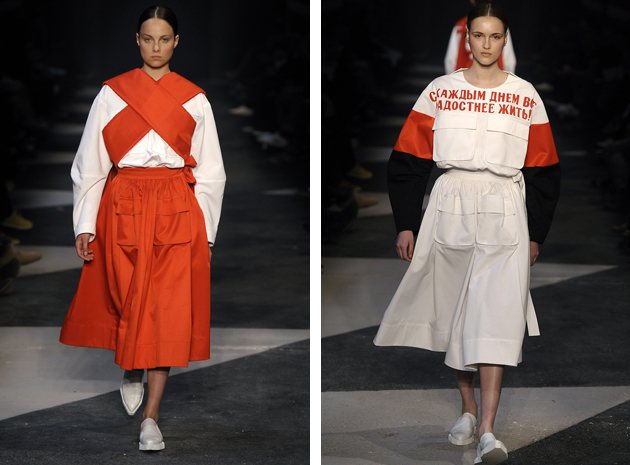
Fashion designer and founder of her eponymous brand, Yulia Yefimtchuk is reluctant to speak about the future. It might be that her Slavic origins and the tumultuous past and present of her home country – Ukraine – have instilled an innate sense of suspicion and doubt and taught her to not take anything for granted. And yet, Yefimtchuk’s recent rampant success – following her special Opening Ceremony victory at Hyères Fashion Festival – might well persuade her to think otherwise.
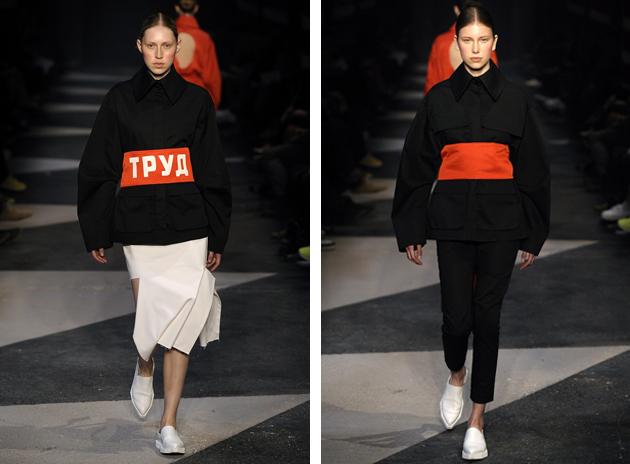
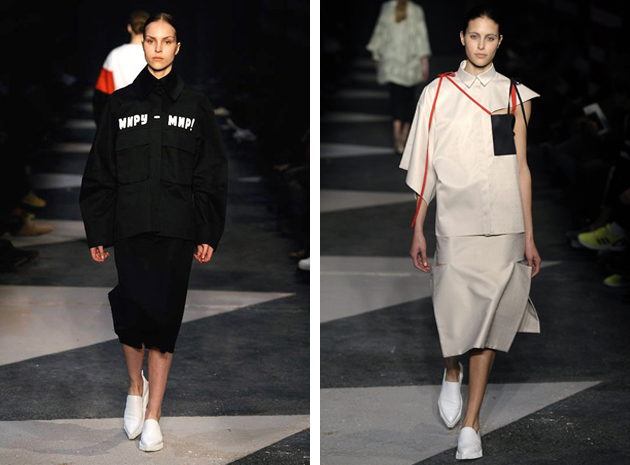
Yulia Yefimtchuk started her career as a fashion designer fresh out of Kiev’s Institute Of Decorative And Applied Art And Design, where she graduated in 2010. Since 2011, Yulia Yefimtchuk+, the official name of her brand, has been producing limited edition womenswear collections entirely in Ukraine. You can easily see the influence of Yefimtchuk’s favourite designers – Yohji Yamamoto, Rei Kawakubo and Raf Simons – on her carefully drawn, discreet and almost humble collections. Inspired by everyday life, Yefimtchuk’s creations are particularly harmonious, clear and linear, with minimalistic cuts, straightforward classical silhouettes and constructive details, such as cut-outs or bows, usually placed on the back.
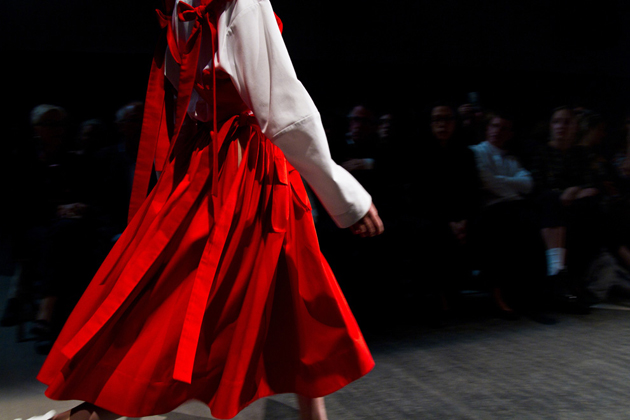
While her previous collections drew from the designer’s inspirational themes in a more subtle and veiled way, the series that won her the recognition of Hyères committee, was much more bold and outspoken towards its rich set of references. Drawn from the Russian Constructivist Movement of the 1920s, the collection sports geometric cuts, pure forms and a stripped down aesthetics – deriving both from the iconic graphic and visual arts imagery of the time, as well as the Soviet-era restrained lifestyle. Conceived both as an ode and as a playful critique to her country’s past, this collection might be the fashion world’s best reminder that beauty can often be found through difficulty and constraint.
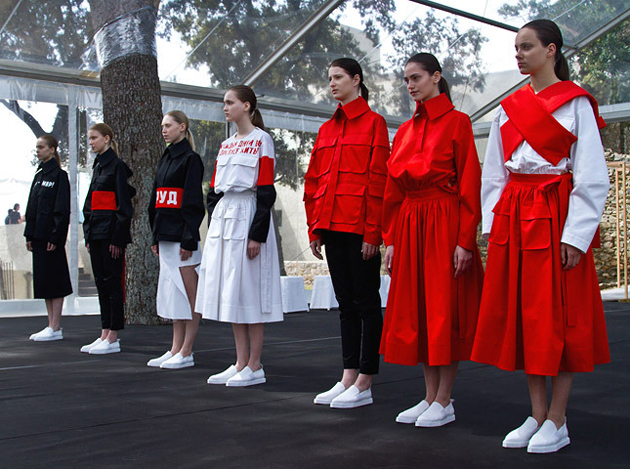
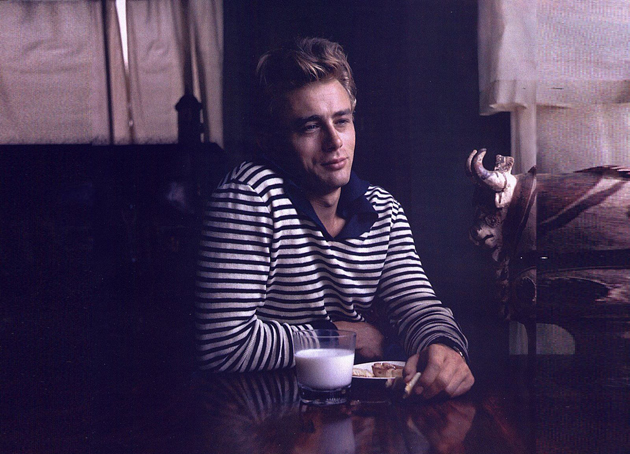
Stripes are considered both a fashion classic and a fickle trend. Right now light blue and white stripes are the stripe to strive for. In the resort collections of 2015, stripes were seen on the runways of Mulberry, 3.1. Philip Lim and Gucci who updated the famous Breton sweater by introducing embroideries and different colors. However the novelty and classical aspect of the stripe does not change its tragic past: a history of décor that originates in politics and death.
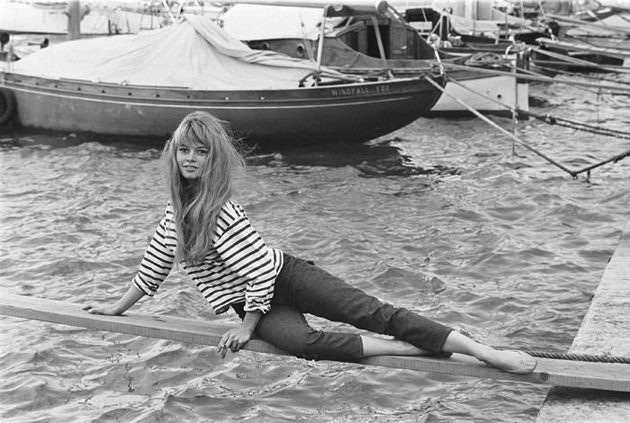
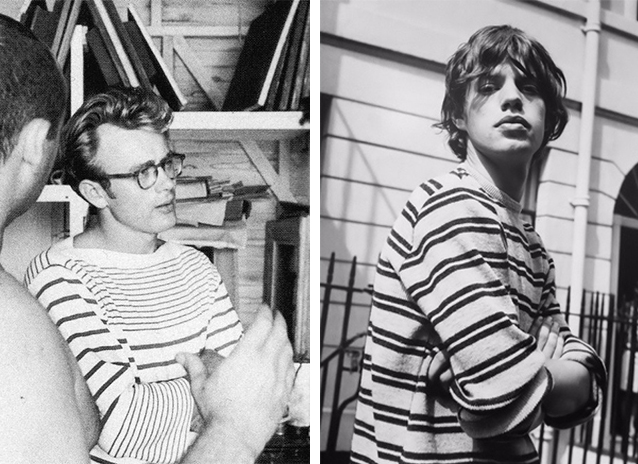
During the Middle Ages – when the striped pattern first appeared – a discontent for the chaos the stripes mimicked grew, thus leading to a restriction in their use. Stripes became known as the pattern of evil, even causing people to be killed simply for wearing stripes, with the only people allowed to wear them being criminals and prostitutes. Then, during the late 1800s a fashion shift occurred and the nautical stripes became widely popular after Queen Victoria dressed her four year old son in a sailor suit with stripes. The Queen’s popularity brought the stripe out of the shadow.
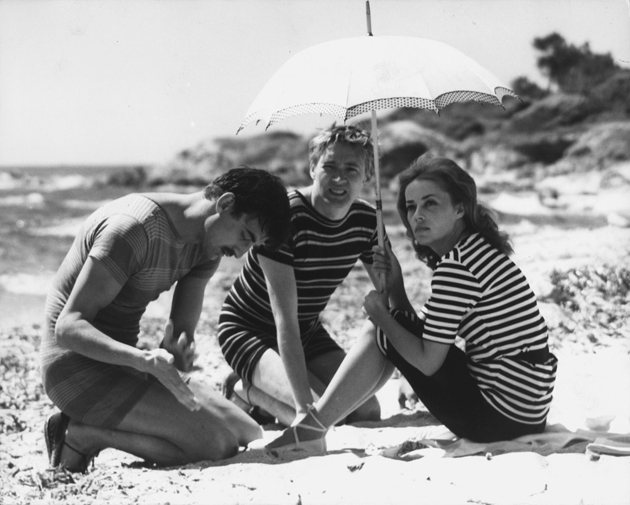
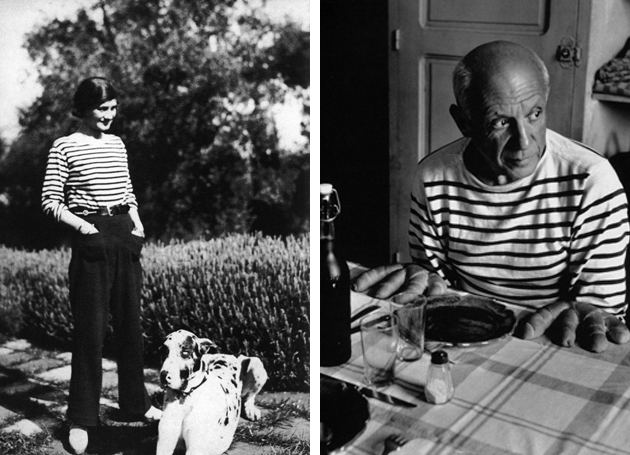
However, we had to wait for the fashion genius Coco Chanel to bring the stripe into the 20th century. Referencing the French marine uniforms, Chanel created a collection which made the stripe a pattern of elegance and sophistication during the 1920s. Artists such as Picasso and Warhol helped immortalize the pattern further, reviving it in the male wardrobe. During the 1960s the stripe became the pattern of choice for hippies and movie stars alike and would become a symbol of the Beatnik Generation. In the 1990s the stripe made a statement of professionalism as it made its way into the business world. However, even though the sophisticated, slender version of stripes could even be seen on suits, its iconic flair remained a symbol of subculture groups, especially when paired with plaid shirts for the grunge-obsessed.
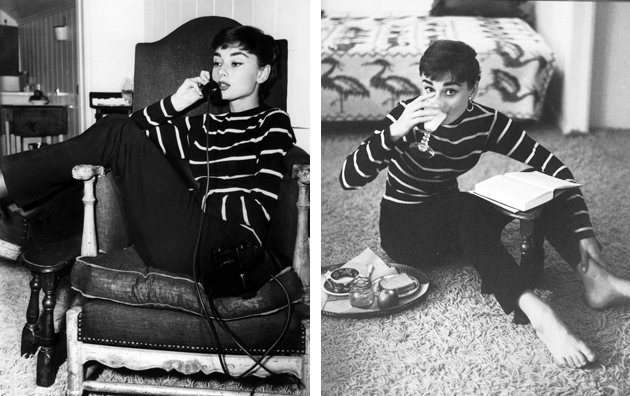
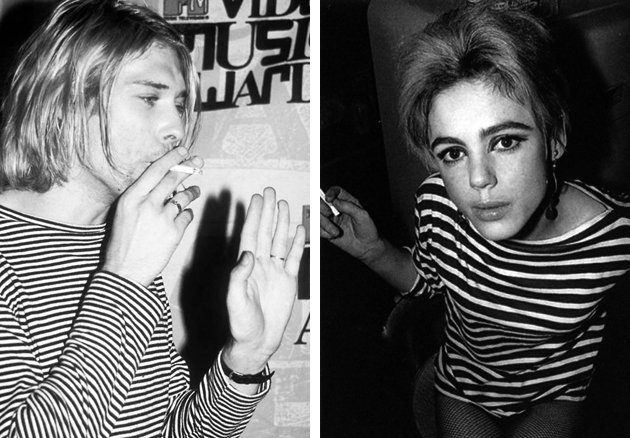
Based on its rich history and stratified evolution, the versatility of stripes makes it interesting even today. From catwalk to street style, the stripe has become timeless, minimalistic and elegant while still representing subtle rebellion, creating unity across genres and styles. The appeal resides in the simplicity and adaptability of this everlasting pattern, undoubtedly keeping it around for many more seasons to come.
